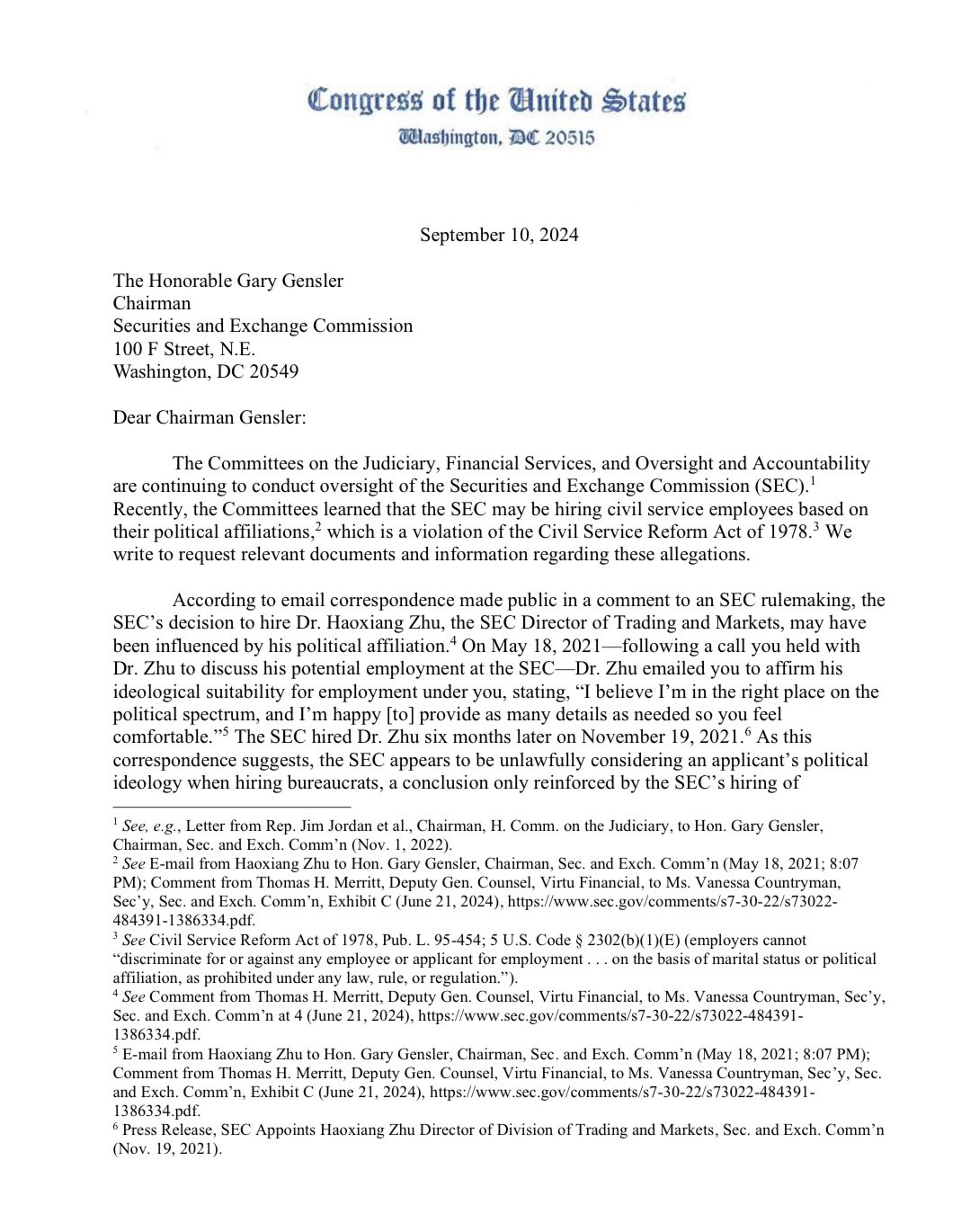In recent courtroom proceedings, the credibility of Sam Bankman-Fried, CEO of FTX Exchange, faced rigorous examination. Leading the charge, Assistant US Attorney Danielle Sassoon aimed to highlight inconsistencies between his public statements about FTX’s security and his ties with Alameda.
Bankman-Fried’s involvement with both entities became a focal point. He acknowledged spearheading substantial venture investments. Moreover, he conceded Alameda’s significant credit advantage over other competitors. However, when discussing his authority over FTX and Alameda, his answers were often layered and complex.
During the proceedings, Sassoon unveiled a plethora of evidence. Emails, tweets, and congressional testimonies were presented to expose potential contradictions in Bankman-Fried’s narrative. However, he frequently found himself caught in a haze of uncertainty. Phrases like “I don’t recall” and “I am not sure” punctuated his responses. Consequently, this evasive approach led to Judge Lewis Kaplan’s firm reminder for direct answers.
Significantly, an instance of “backdated documents” stood out. Nishad Singh, an ex-FTX official, testified that Bankman-Fried instructed him to adjust Serum staking fees retroactively. This move purportedly aimed to increase the exchange’s revenue. Presented with a signed document dated January 1, 2021, Bankman-Fried admitted to its later signing, suggesting this wasn’t an isolated incident.
Additionally, revelations of an $8 billion loan from FTX client deposits to Alameda astonished many. Bankman-Fried expressed his surprise upon this discovery. However, he remained steadfast that Alameda had the assets to settle the loan, even shortly before the organization faced tumultuous times.
In an unexpected twist, Sassoon broached the topic of Bankman-Fried’s clothing choices. She explored whether his casual T-shirts and shorts were a calculated move to shape public perception. He confirmed this, hinting at a deeper strategic play.
Hence, these courtroom revelations have cast FTX and its leader in a new light. As the trial continues, the public and jury will grapple with this intricate web, seeking clarity.





